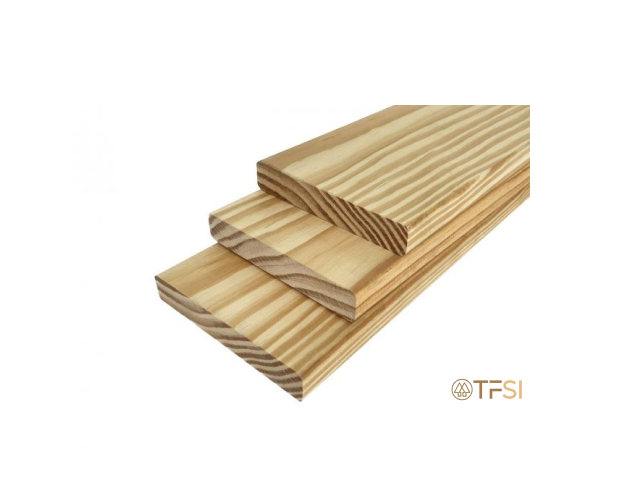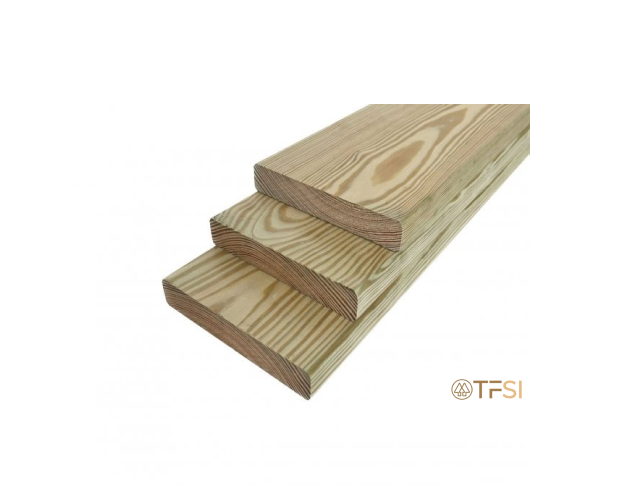
Grade:
C&BTR/ STK/ APP/ SHOP&BTR
Surface Processing :
Rough/S4S
Area :
America
Species Introduction
Western Red Cedar, also known as North American Cedar and abbreviated as WRC, is known for its strong aromatic or warm fragrance, and is also commonly referred to as aromatic cedar or North American aromatic cedar. It is lightweight, richly colored, highly stable, and has a low shrinkage rate. Additionally, it possesses excellent natural decay resistance, making it one of the naturally rot-resistant species in the US and Canada.
Western Red Cedar is suitable for both indoor and outdoor applications and is often used in interior design and renovation projects. Common uses include solid wood flooring, solid wood paneling, solid wood ceilings, finger-jointed panels, solid wood table tops, and cabinet shelving.
Production Areas and Distribution
Western Red Cedar primarily grows along the Pacific coast of western Canada and the United States, stretching over 2,000 kilometers from British Columbia in Canada, through Washington, Oregon, and California in the United States.
Applications
• Indoor and Home Decoration
Western Red Cedar has a mild reddish-brown color, a natural fragrance, and excellent workability. It is commonly used in interior renovation projects after processing. Applications include tongue-and-groove wall panels, solid wood flooring, solid finger-jointed panels, table tops, cabinet shelving, and decorative wood.
• Outdoor Landscaping Materials
Western Red Cedar is known for its excellent resistance to decay, moisture, and insects, making it one of the most durable tree species in the world. The heartwood contains natural oils that protect it from insect damage and decay, maintaining its beautiful appearance. It is ideal for outdoor landscaping, pergolas, planter boxes, terraces, fences, and exterior cladding.
• Split Wood Shingles
Western Red Cedar shingles are naturally resistant to decay, making them suitable for outdoor environments and able to withstand natural weather conditions. They are a popular roofing material for wooden houses in North America.
Thermal Insulation: Cedar shingles provide better insulation compared to other roofing materials (asphalt shingles, concrete tiles, and clay tiles), keeping homes warmer in winter and cooler in summer.
Lightweight: Cedar shingles weigh 75% less than other roofing materials, improving the stability of roof structures.
Durability: The inherent resilience of cedar fibers offers excellent protection against hail and lightning, ensuring performance under harsh weather conditions.

https://www.pinterest.com/







